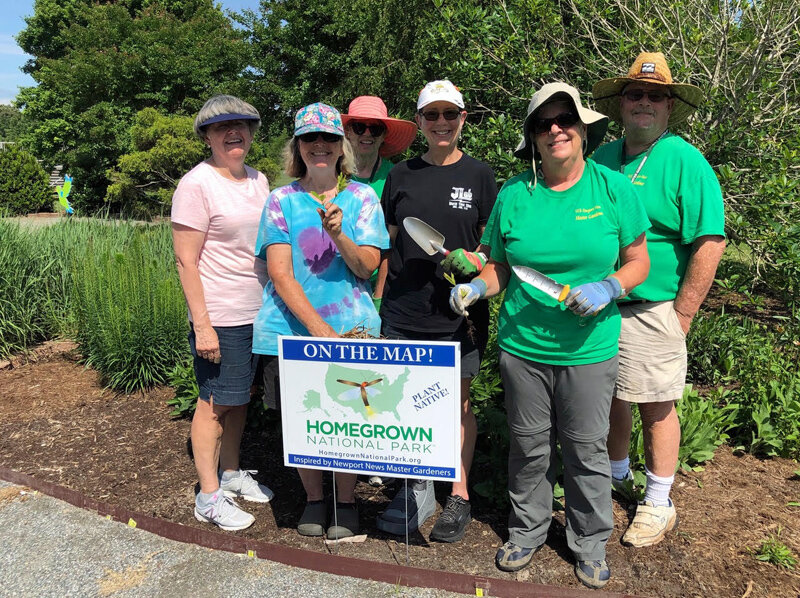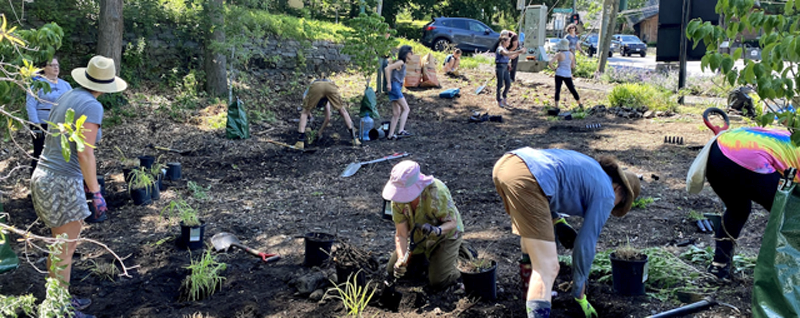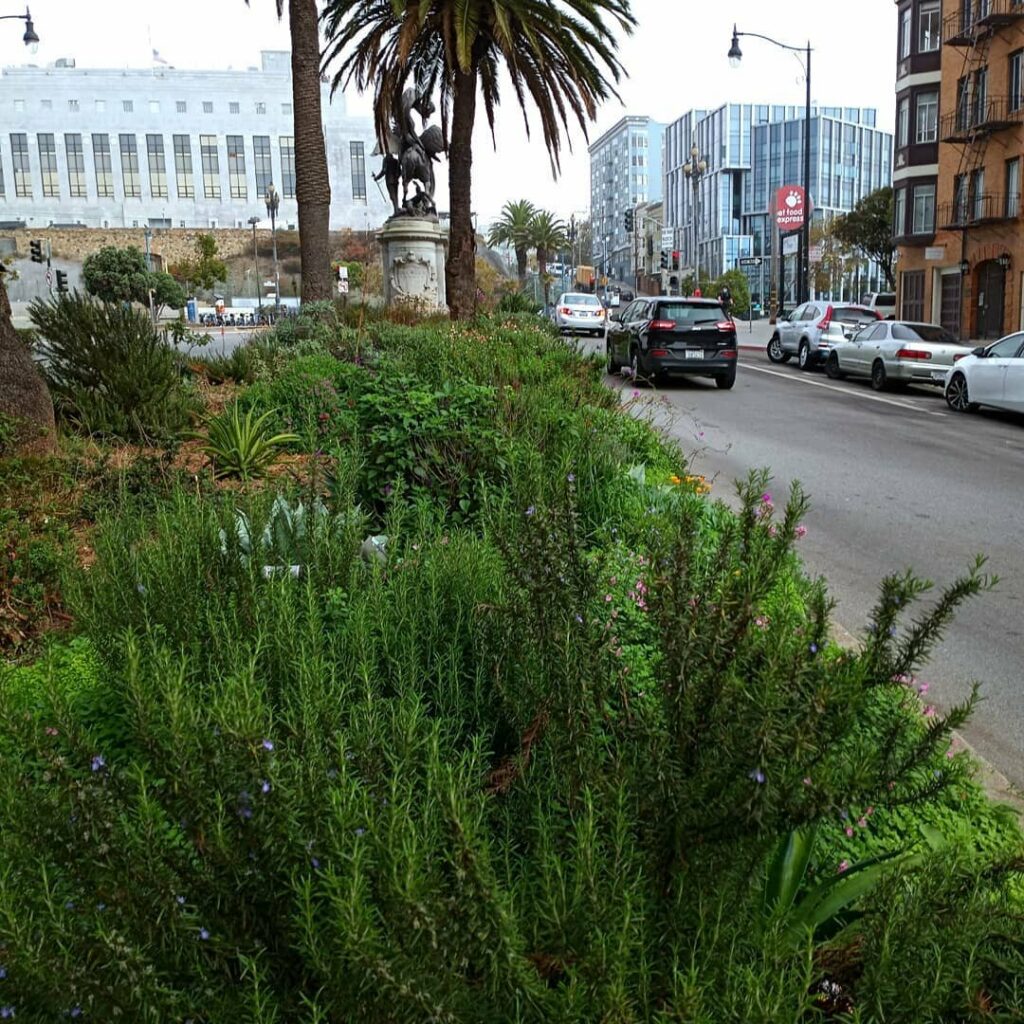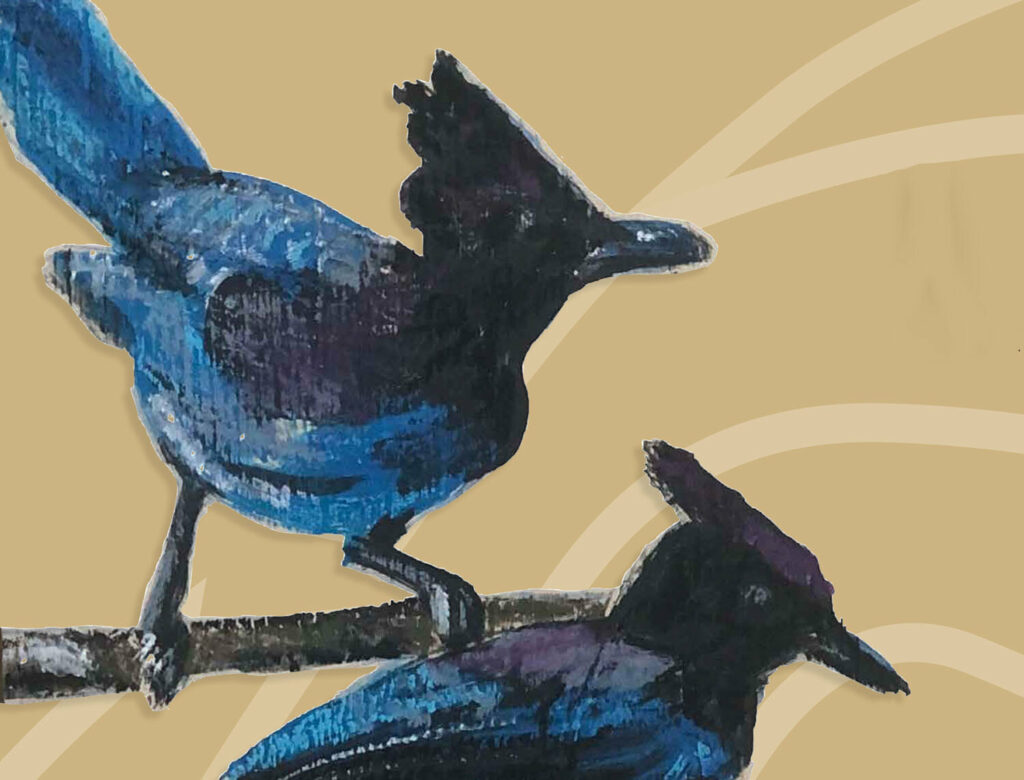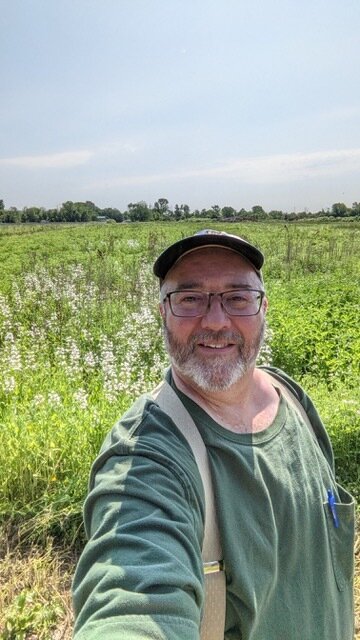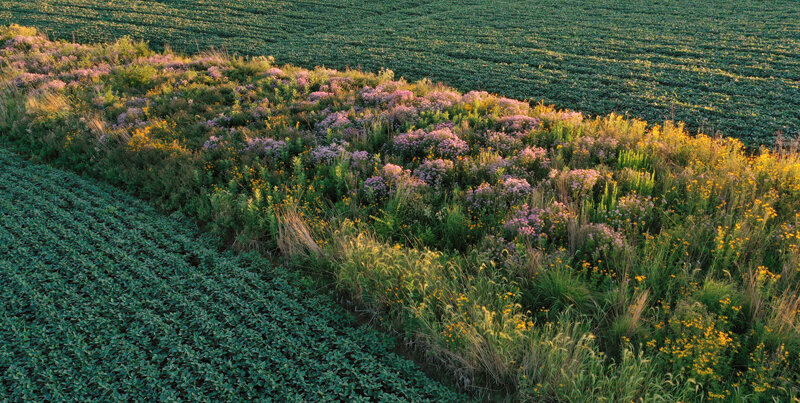Helping Nature Take Its Course
The natural world we encounter today is not the same world we would have encountered 500 years ago, 100 years ago, or even 20 years ago.
When I was a boy (60 yrs ago), I could count on finding a box turtle, a spotted turtle, and several species of salamanders any summer day on a walk through a nearby woodlot. I would have kicked up scores of grasshoppers in the meadow I crossed before I reached that woodlot, and I never worried about picking up a deer tick because I didn’t know what a deer tick was; I had explored those fields and woods for years without ever encountering one. If I saw a white-tailed deer, it would have been a very special day, for they were rare in north central New Jersey where I grew up. I didn’t know much about plants, but nearly all of the species I walked by in those days were native to North Jersey.


